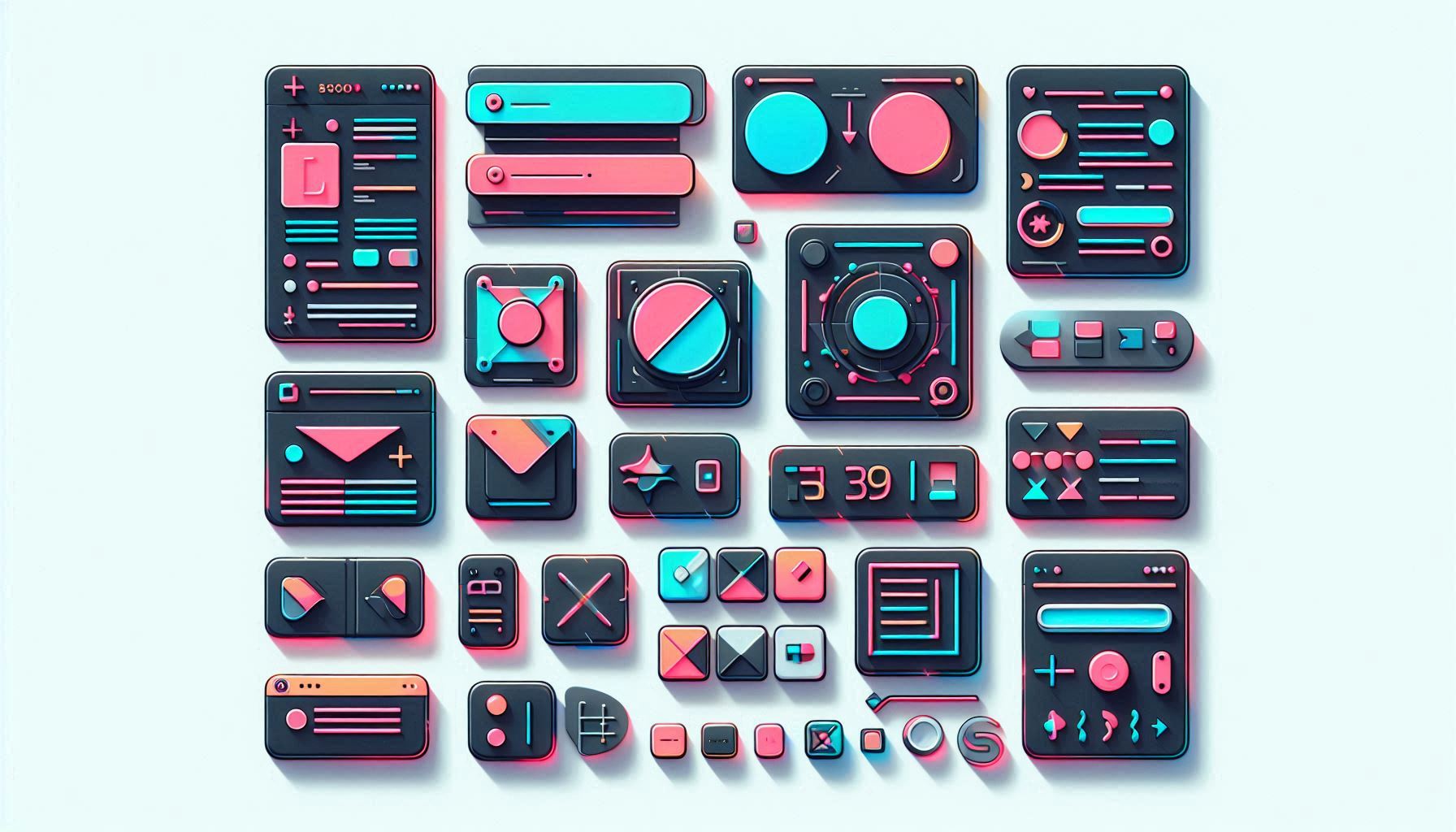8 Frontend Frameworks Explained Simply in 2025
- 1 min read
This blog post breaks down 8 of the most relevant frontend frameworks as of 2025, explained in a simplified and beginner-friendly tone. It's perfect for new developers, project managers, or anyone trying to keep up with frontend technology trends.

Frontend development is evolving fast, and with 2025 in full swing, developers have more options than ever to build fast, dynamic, and scalable web applications. If you're just starting out or trying to decide which framework to learn next, here's a simple breakdown of the top 8 frontend frameworks dominating the landscape this year.
1. React
React remains the undisputed leader of frontend frameworks. Created by Facebook, React is a JavaScript library focused on building component-based UIs.
- Why it's popular: Huge community, reusable components, rich ecosystem.
- Use it for: Scalable apps, dashboards, SPAs, mobile via React Native.
📘 Learn more: React Official Site
2. Vue.js
Vue is often considered the most beginner-friendly frontend framework. It’s lightweight and has an approachable syntax that’s great for small and medium apps.
- Why it's popular: Easy to learn, reactive data binding, flexible integration.
- Use it for: Progressive apps, e-commerce UIs, and simple dashboards.
📘 Learn more: Vue.js Official Site
3. Angular
Angular is a full-fledged framework built by Google, ideal for large-scale enterprise apps. It uses TypeScript and offers tools right out of the box.
- Why it's popular: Built-in routing, forms, dependency injection.
- Use it for: Complex apps, enterprise-level solutions, internal tools.
📘 Learn more: Angular Official Site
4. Svelte
Svelte is different—it compiles components at build time instead of running them in the browser. This leads to smaller bundle sizes and faster apps.
- Why it's popular: No virtual DOM, blazing-fast performance.
- Use it for: Static sites, small-to-medium SPAs, and speed-sensitive apps.
📘 Learn more: Svelte Official Site

5. SolidJS
SolidJS is a reactive UI library inspired by React, but it delivers fine-grained reactivity and exceptional performance, making it ideal for high-performance applications.
- Why it's popular: JSX support, fast reactivity system, lightweight.
- Use it for: Real-time dashboards, complex UI updates, low-latency apps.
📘 Learn more: SolidJS Official Site
6. Qwik
Qwik is a new framework built for instant loading web apps. It achieves this by using resumable apps and fine-grained lazy loading, even on slower devices.
- Why it's popular: Optimized for performance and SEO out of the box.
- Use it for: Content-heavy sites, e-commerce, and SEO-sensitive platforms.
📘 Learn more: Qwik Official Site
7. Astro
Astro takes a content-first approach, letting you build fast websites with zero client-side JavaScript by default. It supports multiple frameworks within a single project.
- Why it's popular: Island architecture, optimized for content delivery.
- Use it for: Blogs, marketing websites, static sites.
📘 Learn more: Astro Official Site
8. Next.js
Next.js is a React-based meta-framework that adds server-side rendering, routing, and static generation features on top of React.
- Why it's popular: Great for SEO, hybrid static + dynamic apps, full-stack support.
- Use it for: Web apps with SSR, JAMstack projects, eCommerce.
📘 Learn more: Next.js Official Site
🧭 Which One Should You Learn in 2025?
If you're a beginner, Vue.js or Svelte is a great place to start. For job market opportunities, React and Next.js dominate. If performance is key, Qwik or SolidJS could be your best bet.
Final Thoughts
Choosing the right frontend framework depends on your project goals, performance needs, and team skill set. The good news? All of the frameworks listed above are actively maintained and well-documented in 2025.
Stay curious and try a few—you might be surprised which one clicks with your style!
Written by Matt Borekci – Helping developers & tech teams navigate the evolving world of web technologies.

Top Frontend Frameworks in 2025
Discover the top frontend frameworks in 2025 including React, Vue, Angular, SvelteKit, and SolidJS. Learn which framework best suits your project based on scalability, performance, and developer experience.